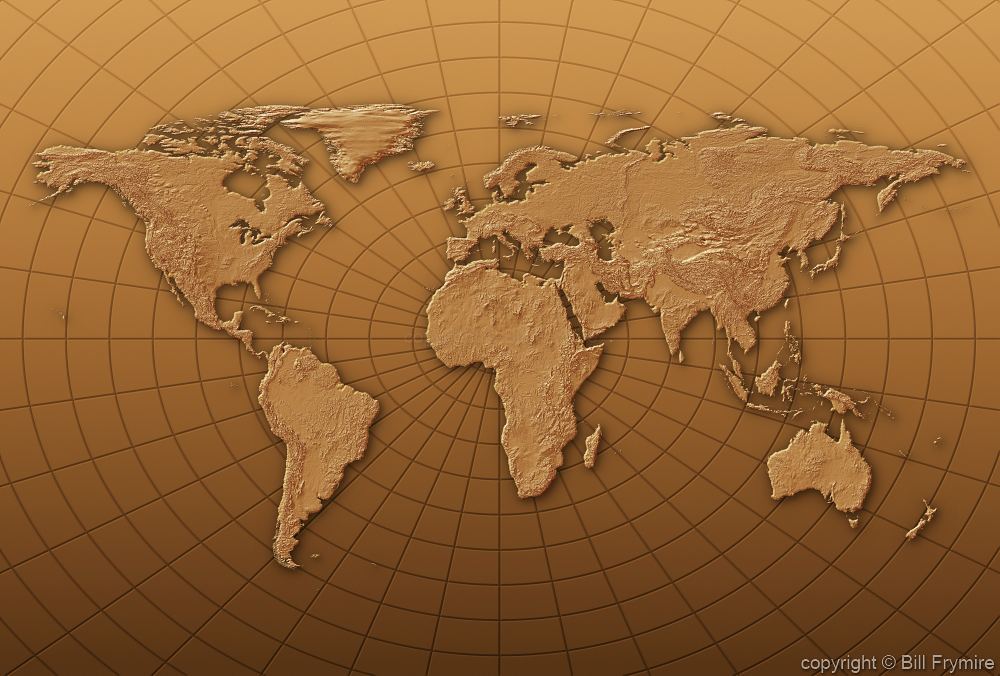
In 1943, the American architect Richard Buckminster Fuller drew outlines of regular shapes that made up a world map, and he wrote instructions for how his map could be folded into a polyhedral globe.

The end result, the pancake map, borrowed ideas from previous research on polyhedra, or many-sided 3D shapes. "We're proposing a radically different kind of map, and we beat Winkel Tripel on each and every one of the six errors." To get around this boundary-splitting problem, the researchers approached mapmaking from a new perspective, with the hopes of designing a "flat map with the least error possible," Gott said.

(Image credit: Photitos2016 via Getty Images) Notice how it distorts Antarctica and creates the illusion that Japan is very far away from California. The Winkel Tripel projection world map was first designed in 1921.


 0 kommentar(er)
0 kommentar(er)
